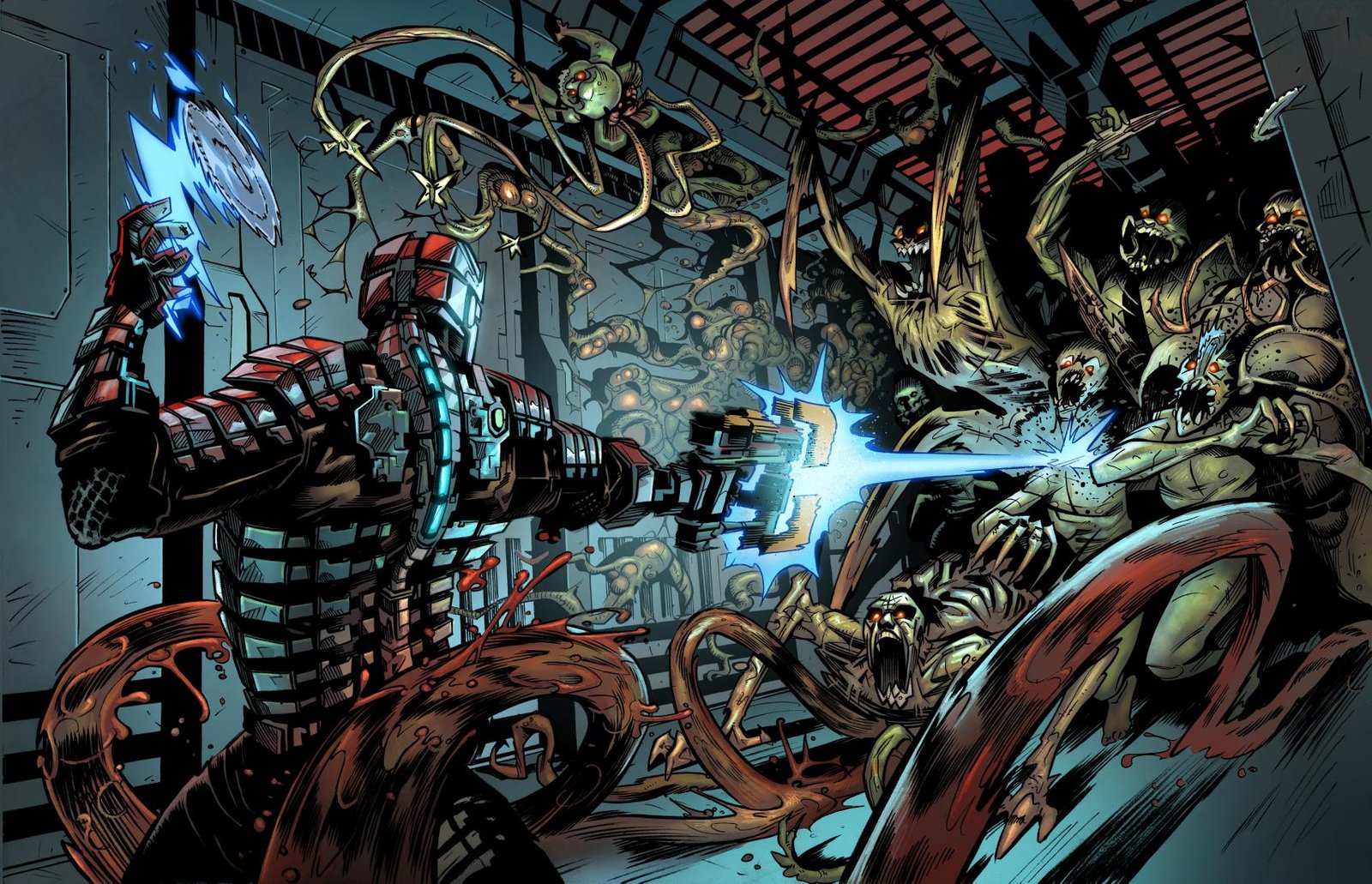When it comes to creating commissioned comic art, understanding the best practices is essential for both artists and clients. Practices for commissioned comic art not only ensure a smooth process but also lead to satisfied customers and successful projects. In this article, we’ll share vital tips to help you navigate the world of commissioned comic art effectively.
1. Clear Communication
One of the most important practices for commissioned comic art is establishing clear communication with your client. Before starting the project, have a detailed discussion about their expectations, preferences, and the overall concept. Ask questions to clarify their vision. This way, both you and the client are on the same page from the beginning. Good communication can prevent misunderstandings and ensure that the final artwork aligns with the client’s desires.

2. Set Realistic Deadlines
Setting realistic deadlines is crucial in any commission work. When discussing timelines, consider your current workload and the complexity of the project. Make sure to allow enough time for revisions and unforeseen challenges. A clear deadline helps clients understand when they can expect their artwork while giving you a structured timeline to work with. This is a key part of effective practices for commissioned comic art.
3. Create a Contract
Always create a contract for commissioned work. This document should outline the scope of the project, payment terms, deadlines, and usage rights. Having a contract protects both you and the client by ensuring that both parties have agreed to the same terms. This is a vital step in practices for commissioned comic art, as it provides clarity and accountability.
4. Define Your Style
Before taking on a commission, it’s important to define your artistic style. Make sure the client understands your style and what they can expect from your work. Share samples of previous comic art that showcase your unique approach. Being transparent about your artistic capabilities will help clients choose the right artist for their vision, aligning with best practices for commissioned comic art.
5. Discuss Revisions Early
Revisions are a natural part of the commission process. Discuss how many revisions are included in the original agreement. Specify what types of changes are acceptable and what may incur additional costs. Setting these expectations early helps avoid frustration later on. This clarity is essential in maintaining a positive relationship with the client, which is one of the best practices for commissioned comic art.
6. Use Visual References
When creating comic art, visual references can be incredibly helpful. Encourage your clients to provide reference images, sketches, or mood boards that reflect their vision. These references can guide your creative process and ensure you’re capturing the essence of what they want. Using visual aids is a practical approach within the practices for commissioned comic art.
7. Be Professional
Maintain a professional demeanor throughout the commission process. Respond promptly to messages and keep the client updated on your progress. If you encounter any challenges, communicate them openly. Professionalism fosters trust and respect, which are vital components of successful practices for commissioned art.
8. Offer Previews
Offering previews of your work can be an effective way to keep clients engaged and satisfied with the process. Share sketches or color tests before finalizing the artwork. This gives clients the opportunity to provide feedback early on, reducing the chance of significant changes later. This practice not only enhances client satisfaction but is also part of the best practices for commissioned art.
9. Deliver on Time
Timely delivery is crucial in the world of commissioned work. Make sure you meet the agreed-upon deadlines. If you anticipate any delays, communicate them to your client as soon as possible. Delivering artwork on time shows professionalism and respect for the client’s time, which is one of the most effective practices for commissioned comic art.
10. Seek Feedback and Testimonials
After completing a commission, ask your client for feedback. Understanding their experience can help you improve your process for future commissions. If the client is satisfied, kindly request a testimonial that you can share on your website or portfolio. Positive reviews can help attract new clients and establish your reputation as an artist. Gathering feedback is an important final step in the practices for commissioned art.
Conclusion
In conclusion, mastering practices for commissioned comic art can lead to a successful and rewarding experience for both artists and clients. By focusing on clear communication, setting realistic deadlines, creating contracts, and maintaining professionalism, you can ensure that your commissioned work is both enjoyable and fruitful. Remember to embrace feedback and continually improve your process. By implementing these best practices, you will build strong relationships with clients and enhance your skills as a comic artist.











